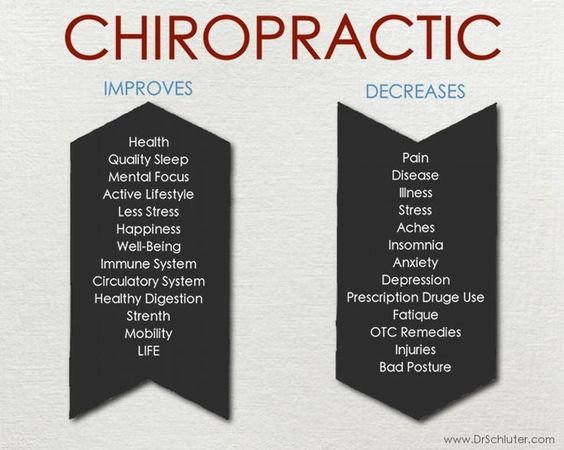The Top Daily Behavior That Contribute To Back Pain And How To Prevent Them
The Top Daily Behavior That Contribute To Back Pain And How To Prevent Them
Blog Article
Post Composed By-Hermansen Rosales
Maintaining appropriate stance and preventing common risks in day-to-day activities can substantially affect your back health. From exactly how you rest at your desk to just how you lift hefty items, small modifications can make a large difference. Think of a day without the nagging pain in the back that prevents your every move; the service may be less complex than you assume. By making a few tweaks to your day-to-day practices, you could be on your means to a pain-free presence.
Poor Posture and Sedentary Lifestyle
Poor position and an inactive way of life are two significant contributors to neck and back pain. When you slouch or inkling over while resting or standing, you placed unneeded strain on your back muscle mass and back. This can result in muscle imbalances, tension, and ultimately, chronic back pain. Additionally, sitting for extended periods without breaks or physical activity can weaken your back muscular tissues and lead to tightness and pain.
To combat poor pose, make an aware effort to sit and stand up straight with your shoulders back and aligned with your ears. Bear in mind to maintain your feet level on the ground and stay clear of crossing your legs for prolonged durations.
Integrating normal stretching and strengthening workouts right into your day-to-day routine can also help boost your posture and minimize neck and back pain connected with an inactive lifestyle.
Incorrect Lifting Techniques
Improper lifting methods can substantially contribute to neck and back pain and injuries. When you raise heavy objects, bear in mind to flex your knees and utilize your legs to raise, rather than relying on your back muscular tissues. Prevent twisting your body while training and maintain the object near to your body to lower strain on your back. It's important to keep a straight back and stay clear of rounding your shoulders while raising to stop unnecessary pressure on your spine.
Constantly analyze the weight of the item prior to lifting it. If it's also hefty, ask for assistance or usage tools like a dolly or cart to move it safely.
Bear in mind to take breaks during raising jobs to offer your back muscular tissues a chance to rest and protect against overexertion. By implementing proper training methods, you can protect against neck and back pain and decrease the risk of injuries, ensuring your back remains healthy and balanced and strong for the long-term.
Lack of Normal Workout and Extending
A less active lifestyle lacking normal workout and stretching can dramatically add to neck and back pain and pain. When you do not participate in physical activity, your muscles become weak and inflexible, leading to bad pose and increased stress on your back. acupuncture nyc that takes insurance helps enhance the muscle mass that sustain your back, enhancing security and reducing the danger of back pain. Integrating stretching into your routine can also improve versatility, preventing stiffness and discomfort in your back muscular tissues.
To avoid back pain brought on by a lack of workout and stretching, go for at least thirty minutes of modest physical activity most days of the week. Include workouts that target your core muscle mass, as a solid core can aid relieve pressure on your back.
Furthermore, take breaks to extend and relocate throughout the day, specifically if you have a workdesk task. nyc to dr like touching your toes or doing shoulder rolls can help eliminate stress and avoid neck and back pain. Focusing on routine exercise and stretching can go a long way in preserving a healthy and balanced back and lowering pain.
Conclusion
So, keep in mind to stay up right, lift with your legs, and stay active to stop neck and back pain. By making easy changes to your day-to-day behaviors, you can avoid the pain and restrictions that include pain in the back. Care for your spine and muscles by practicing excellent posture, correct training strategies, and normal workout. Your back will thanks for it!
